Time Period: Louisiana Purchase through Early Statehood (1803 - 1860) - Starting with J
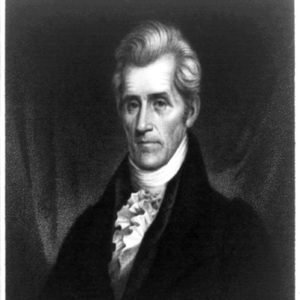 President Andrew Jackson
President Andrew Jackson
Jacob Wolf House
James C. Tappan House
aka: Tappan-Pillow House
James E. M. Barkman House
Jean Laffite’s Espionage Mission
 Jefferson County Lynching of 1857
Jefferson County Lynching of 1857
Jefferson County Lynching of 1857
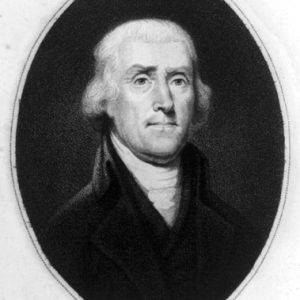 Thomas Jefferson
Thomas Jefferson
Jeffery Cemetery
Jeffery, Jehoiada
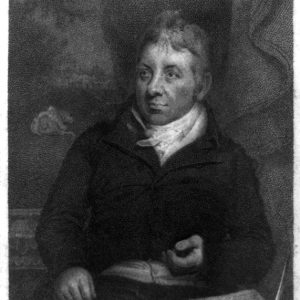 Edward Jenner
Edward Jenner
John Adams [Steamboat]
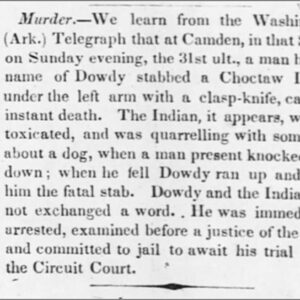 John Dowdy Execution Article
John Dowdy Execution Article
John, Mary
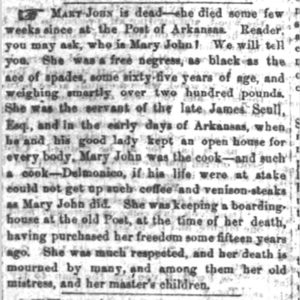 Mary John Death Notice
Mary John Death Notice
 Johnson Lawsuit Story
Johnson Lawsuit Story
Johnson, Benjamin
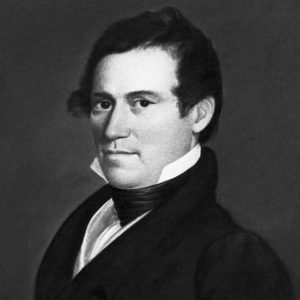 Benjamin Johnson
Benjamin Johnson
 Benjamin Johnson
Benjamin Johnson
Johnson, Lycurgus Leonidas
 Robert Ward Johnson
Robert Ward Johnson
Johnson, Robert Ward
Johnson, Thomas
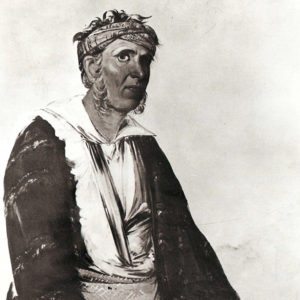 John Jolly
John Jolly




